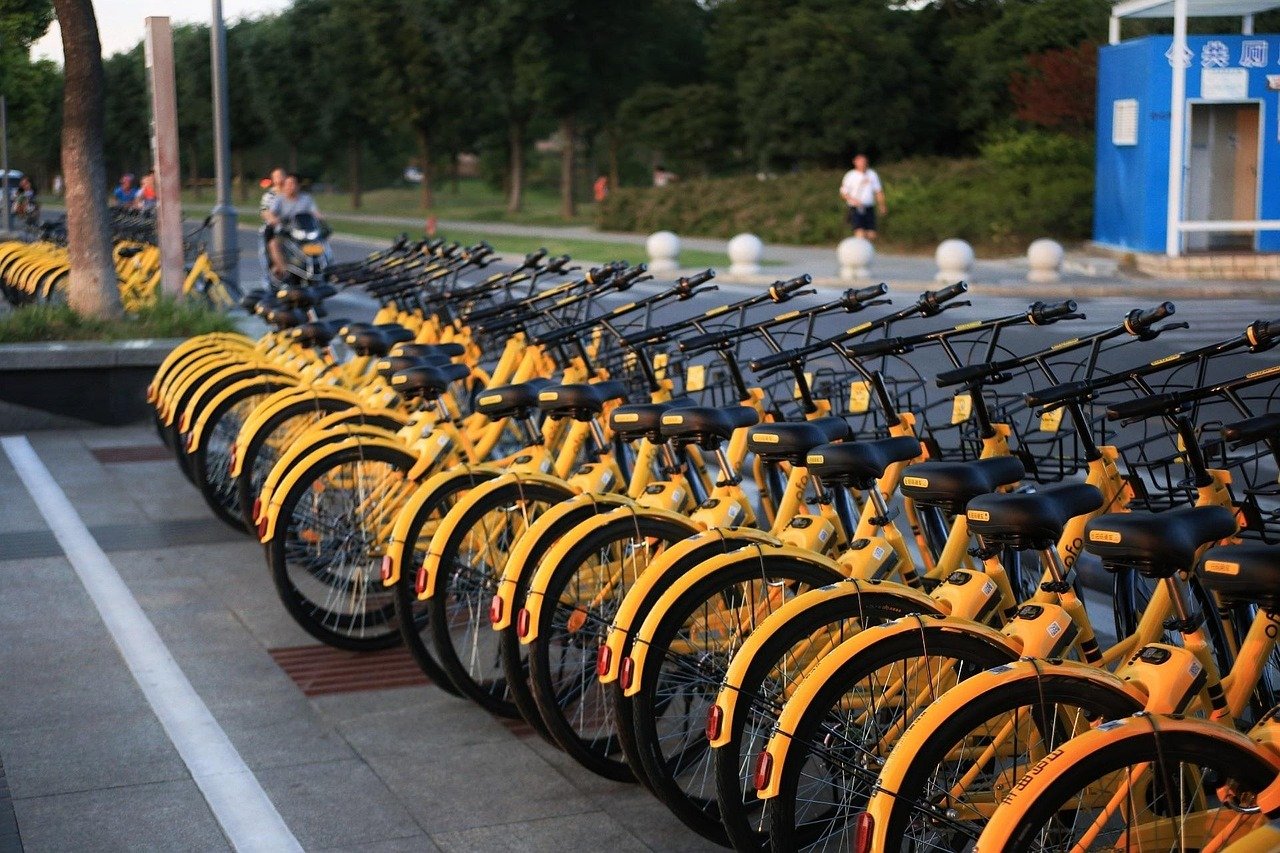Why Bike-Sharing Is Booming
The surge in popularity can be credited to a few key trends: better bike infrastructure, rising fuel prices, and a cultural shift toward greener lifestyles. In response, municipalities and private operators have significantly expanded their fleets and added more docking stations across downtown cores and surrounding neighborhoods.
Major Players Across the Country
Toronto’s Bike Share now boasts over 8,000 bikes and 700 stations, with usage reaching record highs in 2024. Montreal’s BIXI was one of North America’s first major bike-share programs and remains a leader, even introducing electric bikes and winter-ready services. In Vancouver, Mobi by Shaw Go continues to grow in popularity as the city pushes forward with its climate targets.
How Cities Are Supporting the Trend
Investments in protected bike lanes and multi-use paths have made biking more accessible and safer. Many cities also offer incentives such as integrated transit passes and discounts for low-income residents. These policies help encourage more consistent, year-round ridership and make the system more inclusive.
Electric Bikes: The Game Changer
One of the biggest innovations in recent years is the introduction of electric-assist bikes. These make it easier to tackle hills, longer distances, and summer heat—bringing in new riders who might have skipped traditional bikes. Several programs now offer e-bikes as part of their regular fleets.
Stay Informed. Stay Canadian.
Subscribe to get the latest Canadian news, benefits updates, and more — directly to your inbox.
Subscribe NowChallenges and Criticism
Despite their popularity, bike-share programs are not without issues. Concerns include uneven distribution of bikes, maintenance gaps, and accessibility in lower-income neighborhoods. City planners are working to address these gaps while keeping costs manageable for users and taxpayers.
What’s Next?
Looking ahead, expect to see more smart tech integration—like real-time availability apps and AI-driven bike redistribution systems. Partnerships with private companies and transit agencies will also likely expand, making biking an even more seamless part of daily commutes.
